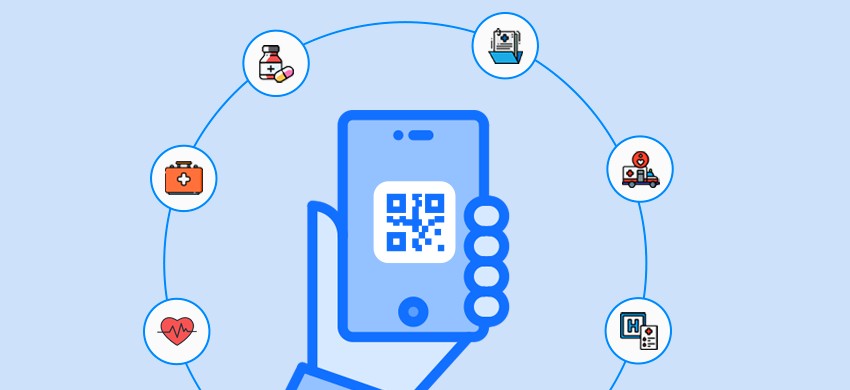
Importance of QR Code
I What is QR code? A QR code is a two-dimensional barcode. QR codes often contain data for a locator, identifier. A QR code consists of black squares arranged in a square grid on a white background, which can be read by an imaging device such as a camera. It was designed to allow for fast decoding speeds hence the name quick response code. History: The QR code system was invented in 1994 by Denso Wave. Initially it was used to track the vehicles.
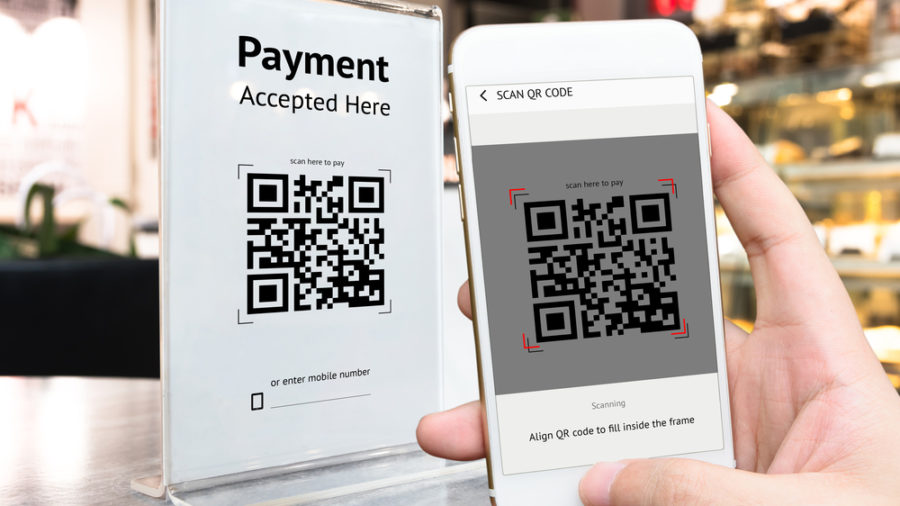
Daily Uses:
- Direct landing to website
- view business locations
- Send a message
- Send an email
- Social media
- Downloading apps
- Payments
Industrial uses:
- Advertising and Marketing: Advertisers and marketers were one of the very first adopters of QR Code. Remember those ugly looking black images in the storefront grabbing your attention. Usually, they would use the QR code to embed a URL link and direct you to the website for a video or to fill out a form for a contest or survey.
- Banking Account Statements, Cheque books, Trade Finance Documents: QR codes are now very commonly used in the financial services industry/banking. A QR Code embedded in bank documents helps capture the data for easy tracking and verification. You can download your free banking white paper here.
- Education University Degrees and Transcripts: One of the best uses of the QR code is to have QR code based transcripts and degrees (both the physical and electronic versions) to enable verifiers to quickly & easily authenticate educational credentials of the candidate.
- Government and General ID Cards, Passports, Visas, Driving Licence, Aadhaar card, Tax IDs: The adoption of QR code in Government IDs has seen some progress. However, the same has not been the case for visas and passports. In all cases, the level of security embedded in these is currently such that they can’t be checked easily by all concerned. Hence there is scope for misuse and tampering. Secure QR codes can help in this regard.
- Insurance Policy Documents, Membership Cards, Medical Claims: Policy documents today have a QR code link that takes the customer to the website that will help them download the policy details. So is the case with membership cards. However the use can be expanded with secure QR codes to cover premium payments and other transactions for better customer experience and satisfaction.
- Invoices, Billing: It is a common practice today, to see invoices and bills with a QR code. This helps in logistics hubs and delivery agents to scan the details. What used to be simple barcode earlier, has slowly transformed into QR codes that carry more information than any regular barcode can have.
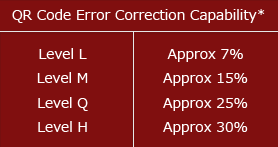
Uses reed-solomon error correction algorithm:- some serious algebra that happens in background when the QR code is created. The original data in the QR code is converted into a polynomial, the number of unique points required to uniquely define that polynomial is determined, and this point set is added back into the QR code so that it then also contains the original data expressed as a polynomial .if that description threatened to make your head explode, just call it “mathematically adding backup data to the QR code”.
- *The lower the error correction level, the less dense the QR code image is, which improves minimum printing size.
- *The higher the error correction level, the more damage it can sustain before it becomes unreadabale.
- *Level L or Level M represent the best compromise between density and ruggedness for general marketing use.
- *Level Q and Level H are generally recommended for industrial environments where keeping the QR code clean or un-damaged will be a challenge.
Advantages:
- The main advantage of QR codes is versatility
- Low cost and easy to implement
- It does not require an understanding of writing code
- Provide quick access to additional information
- QR codes do not require any light to be generated or be received as done during barcode scamming.
Disadvantages:
- Lack of familiarity with the QR code among people.
- The user is not too familiar with this technology.
- It requires 3G/wifi/internet connection if the QR code is URL QR code
- The whole concept of QR code is based on smart phones , if the consumer does not have the smart phone at that time , then the qr code is not beneficial to them.

How to create QR code:
- Select a QR code generator.
- Choose the type of content you're promoting.
- Enter your data.
- Consider downloading a dynamic QR code.
- Customize it.
- Test the QR code to make sure it scans.
- Share your QR code.
- Track the performance.
QR codes at present:
They have expanded beyond automobiles in recent years due to its high speed and large storage capacity of data
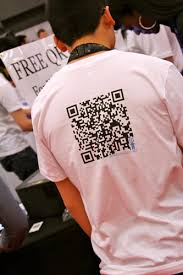
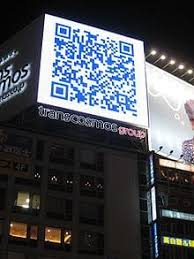
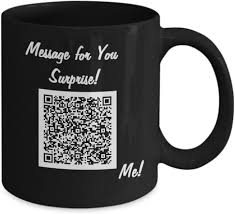
Conclusion:
In the decades since the introduction of QR code, it has increased rapidly. From the year 1994, many codes have been developed but QR code still remains functional.
Thank You,
Majety Sai Sivani





